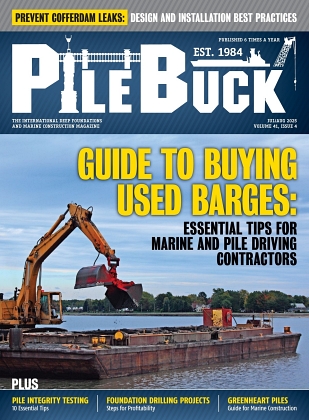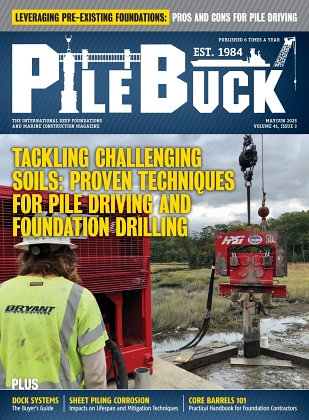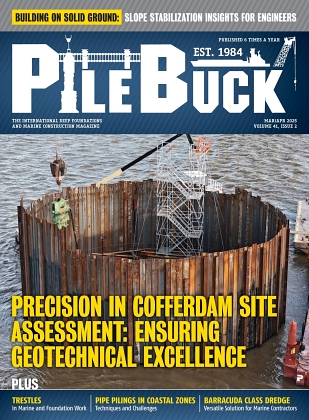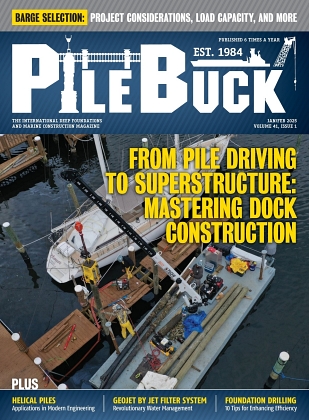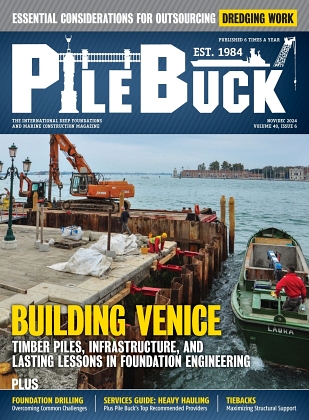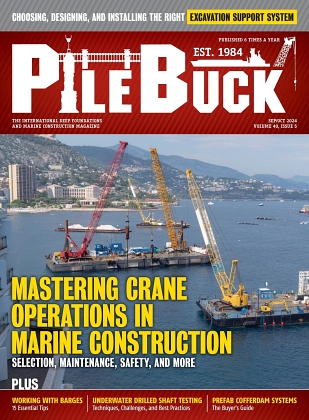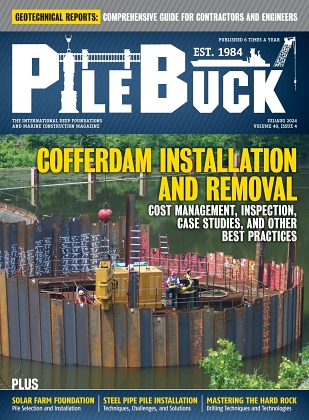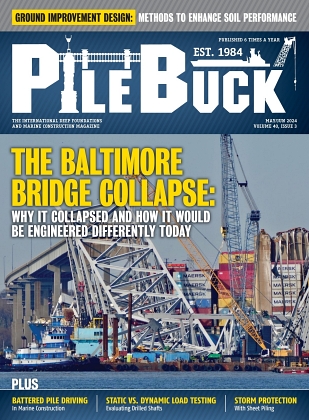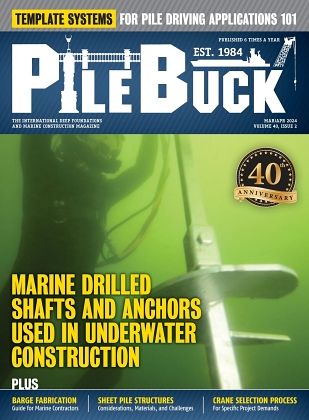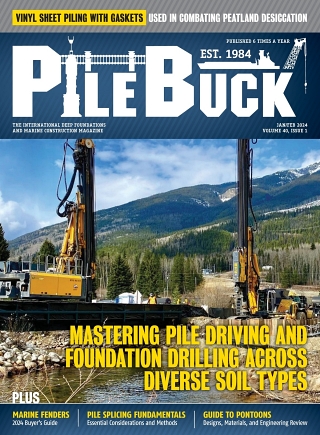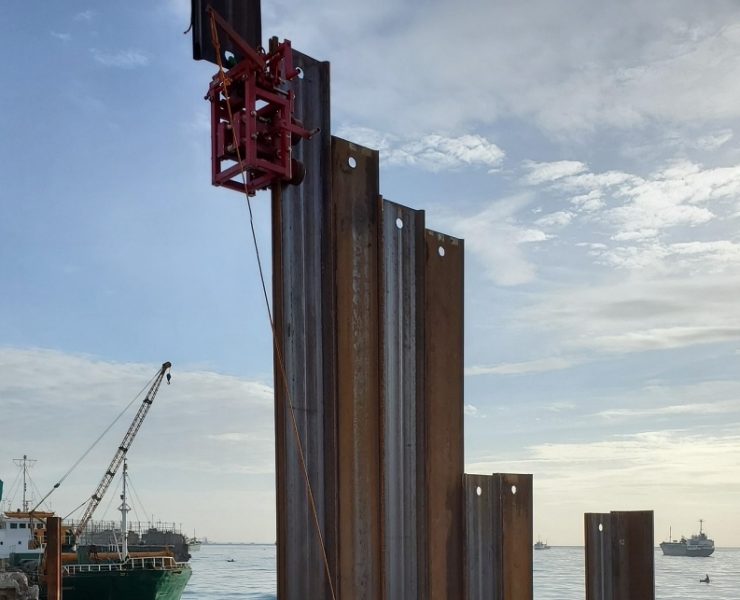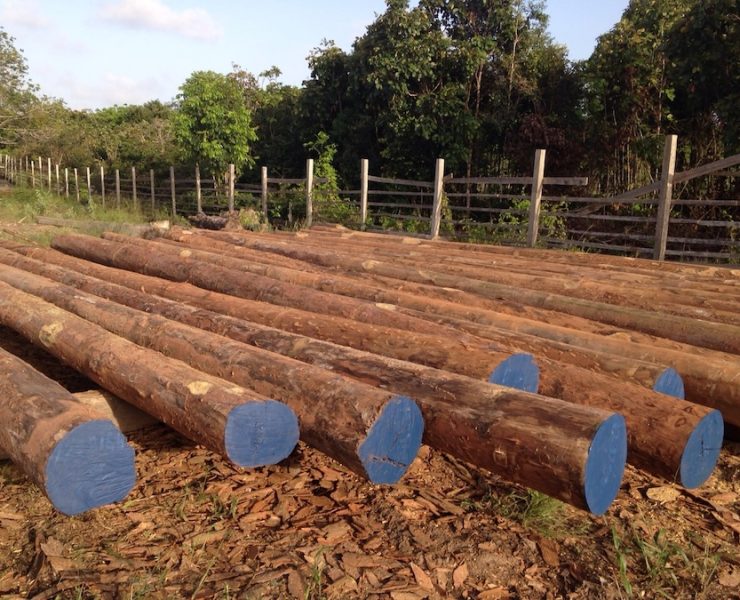Utilizing Surplus Steel Pipe For Cost-Effective Pile Fabrication In Marine Projects
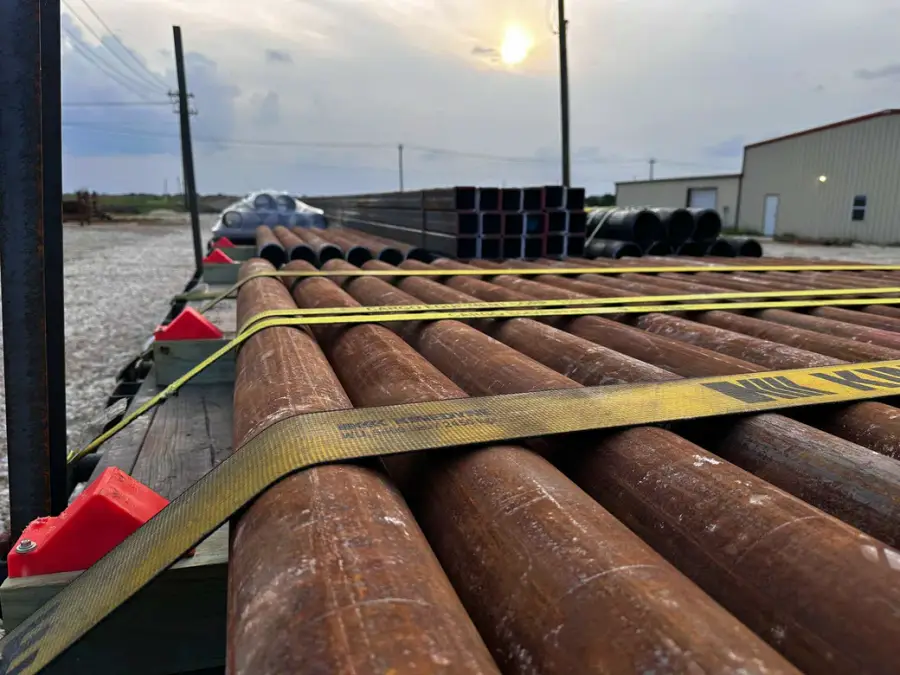

Marine contractors and pile fabricators continue searching for ways to control costs without compromising the structural integrity required for waterfront and offshore foundations. One practical method that has gained momentum over the past decade is the use of surplus steel pipe for pile fabrication. Surplus material, when properly vetted and prepared, delivers meaningful savings while still supporting the demanding performance expectations of marine infrastructure. This approach has become increasingly relevant as construction schedules tighten and supply chain conditions fluctuate. The ability to secure reliable steel pipe at competitive pricing is now a strategic advantage for marine project teams everywhere.
Why Steel Pipe Piles Remain a Proven Choice
Performance under Axial and Lateral Loads
Steel pipe piles have long been a foundation standard for marine structures because they balance strength, durability and versatility. Their cylindrical geometry allows them to handle significant axial loads from vertical structures as well as lateral forces from waves, currents and vessel impacts. Engineers rely on pipe piles for piers, wharves, bulkheads, dolphins and offshore platforms because the material can be fabricated to exact lengths, diameters and wall thicknesses based on the project’s geotechnical requirements.
Durability in Harsh Marine Environments
Saltwater exposure, tidal cycles and continuous movement create difficult conditions for any foundation system. Steel pipe piles, when paired with appropriate coatings or corrosion protection systems, demonstrate long service life in these environments. The combination of controlled fabrication, predictable material properties and standardized installation practices makes steel pipe a reliable solution for marine work. It also enables straightforward inspection and maintenance planning over an asset’s lifecycle.
Understanding Surplus Steel Pipe
What Surplus Steel Pipe Means for Fabrication
Surplus steel pipe refers to unused pipe inventory originally produced for other industrial needs but never placed into service. It may consist of cancelled project allocations, over-ordered material or excess mill production. While surplus pipe may not always carry full traceability or pressure certifications required for pipeline systems, it often retains the structural qualities necessary for pile fabrication. With proper inspection, it becomes a cost-effective alternative to purchasing new prime pipe.
Cost and Availability Advantages
One of the primary reasons marine contractors turn to surplus steel pipe is cost. Surplus inventory generally comes at a significantly reduced price compared to newly manufactured pipe. These savings scale quickly, particularly for large diameter piles where steel is a dominant budget line item. Beyond cost, surplus pipe typically offers immediate availability. This shortens procurement timelines and reduces delays during mobilization, which helps keep marine projects on schedule.
Importance of Inspection and Material Verification
Even though surplus steel pipe can be structurally sound, it must be evaluated before fabrication. Dimensional accuracy, roundness, weldability, surface condition and wall thickness integrity should be verified to confirm suitability. Visual inspection and non-destructive testing can identify any damage from storage or handling. Once material quality is established, the pipe can be processed like any other structural-grade steel product and prepared for marine service.
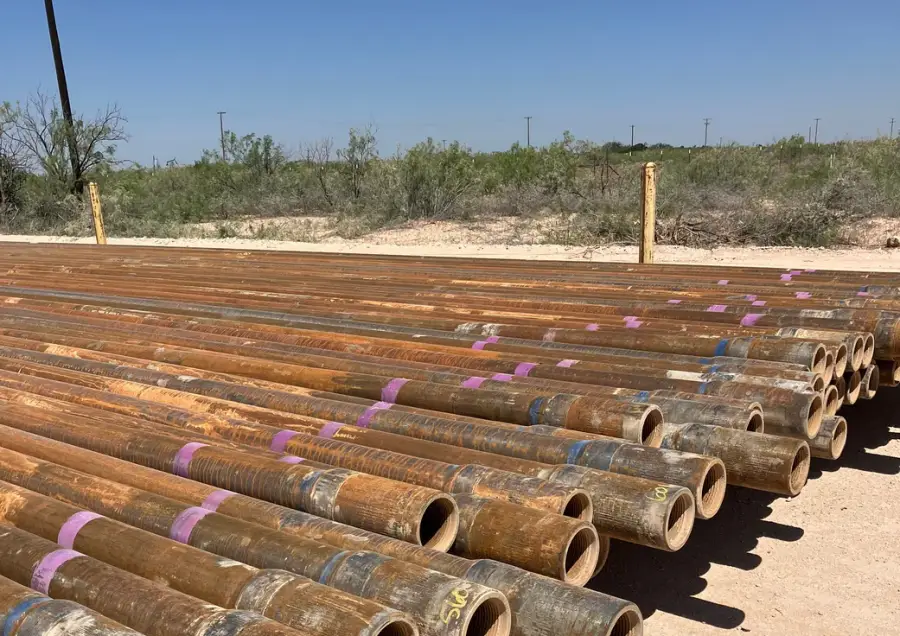
Incorporating Surplus Steel Pipe Into Marine Pile Fabrication
Fabrication Steps that Prepare Pipe for Marine Use
Marine pile fabrication typically involves cutting lengths to spec, beveling ends, welding or splicing joints, attaching splice sleeves or plates and applying corrosion protection. Surplus steel pipe works well within this workflow because it can be cut, profiled and welded using standard practices. Fabricators often stock commonly used diameters so they can convert surplus inventory into drive-ready piles efficiently. This flexibility supports both small-scale marine repairs and large commercial waterfront developments.
Managing Corrosion and Environmental Exposure
Steel piles used in marine environments face constant exposure to saltwater, abrasion and suspended sediment. Protective coatings and galvanic systems remain essential regardless of whether the pile originated from surplus or new pipe. Marine contractors consistently apply epoxy coatings, fusion bonded coatings or cathodic protection systems to limit long term corrosion. When properly protected, surplus pipe piles can deliver performance comparable to piles fabricated from prime material.
Installation and Field Performance Considerations
Installation method has a major impact on the longevity of any steel pile system. Vibratory hammers, impact hammers and top-drive systems must be selected based on site soil profiles and environmental restrictions. Surplus steel pipe behaves similarly to newly manufactured pipe during driving when material quality is confirmed. Field monitoring during installation and post-drive observation help ensure that any pile, regardless of origin, continues to meet the project’s structural criteria.
Sustainability And Lifecycle Benefits
Reducing Waste through Material Reuse
The reuse of steel pipe supports environmental goals by diverting high-quality material away from scrapyards and into active infrastructure. Marine construction projects benefit from this circular approach because it reduces embodied carbon and lowers the environmental footprint of pile production. Many waterfront developments and port authorities now factor sustainability metrics into procurement decisions, making surplus pipe an attractive option.
Long-term Value of Structurally Sound Material
Once installed and protected, steel piles provide decades of dependable service. Because the primary structural demands are axial and lateral loading rather than pressure containment, surplus pipe that meets inspection standards offers long-term performance value. With proper coatings and routine inspection schedules, pile systems fabricated from surplus steel pipe can contribute to marine infrastructure stability for extended periods.

Considerations for Contractors and Engineers
Determining When Surplus Pipe is Appropriate
While surplus steel pipe is suitable for many marine piling applications, certain projects require certified prime material due to strict design codes or traceability requirements. Engineers should evaluate the role of each pile within the overall structural system to determine whether surplus inventory is appropriate. Projects involving heavy industrial loads, seismic demands or deep offshore structures may have additional specifications that guide the choice between surplus and new pipe.
Choosing Reputable Sources and Fabrication Partners
The success of a surplus-based pile strategy depends on reliable suppliers. Contractors often look for experienced surplus steel suppliers who maintain consistent inventory quality, offer inspection transparency and provide fabrication-ready pipe. Establishing reliable partnerships reduces risk during procurement and helps ensure consistency across large marine projects.
Maintaining High Fabrication Standards
Regardless of material origin, fabrication quality remains critical. Cutting accuracy, weld integrity, splice alignment and coating application all contribute to the durability of a pile system. Fabricators who follow industry standards and maintain rigorous shop procedures help ensure that marine piles deliver the performance expected from structural steel. Working with established structural steel pipe resources ensures that pile materials are processed to specification and delivered on schedule.
Surplus steel pipe provides a practical and cost-effective option for marine pile fabrication when matched with careful inspection and proper preparation. It offers immediate availability, significant savings and reliable performance once installed. As marine construction continues to grow across ports, coastal protection systems and offshore developments, surplus steel pipe will remain a valuable resource for contractors seeking efficiency without sacrificing structural integrity. With the right sourcing and fabrication approach, surplus material becomes a strategic advantage that supports durable and resilient marine infrastructure worldwide.


